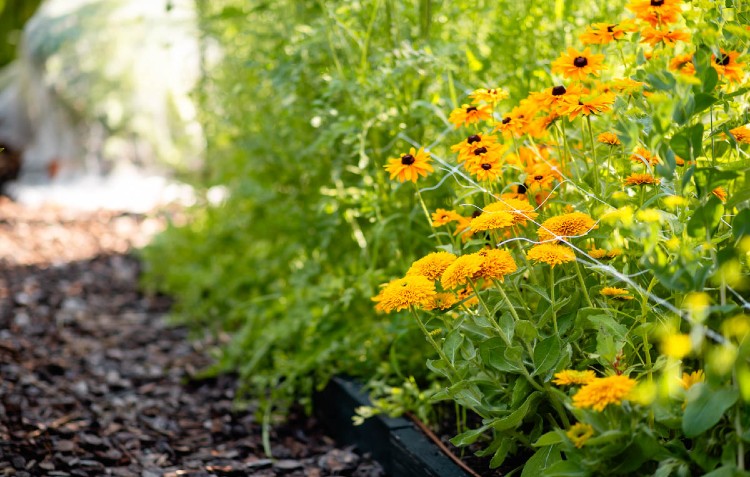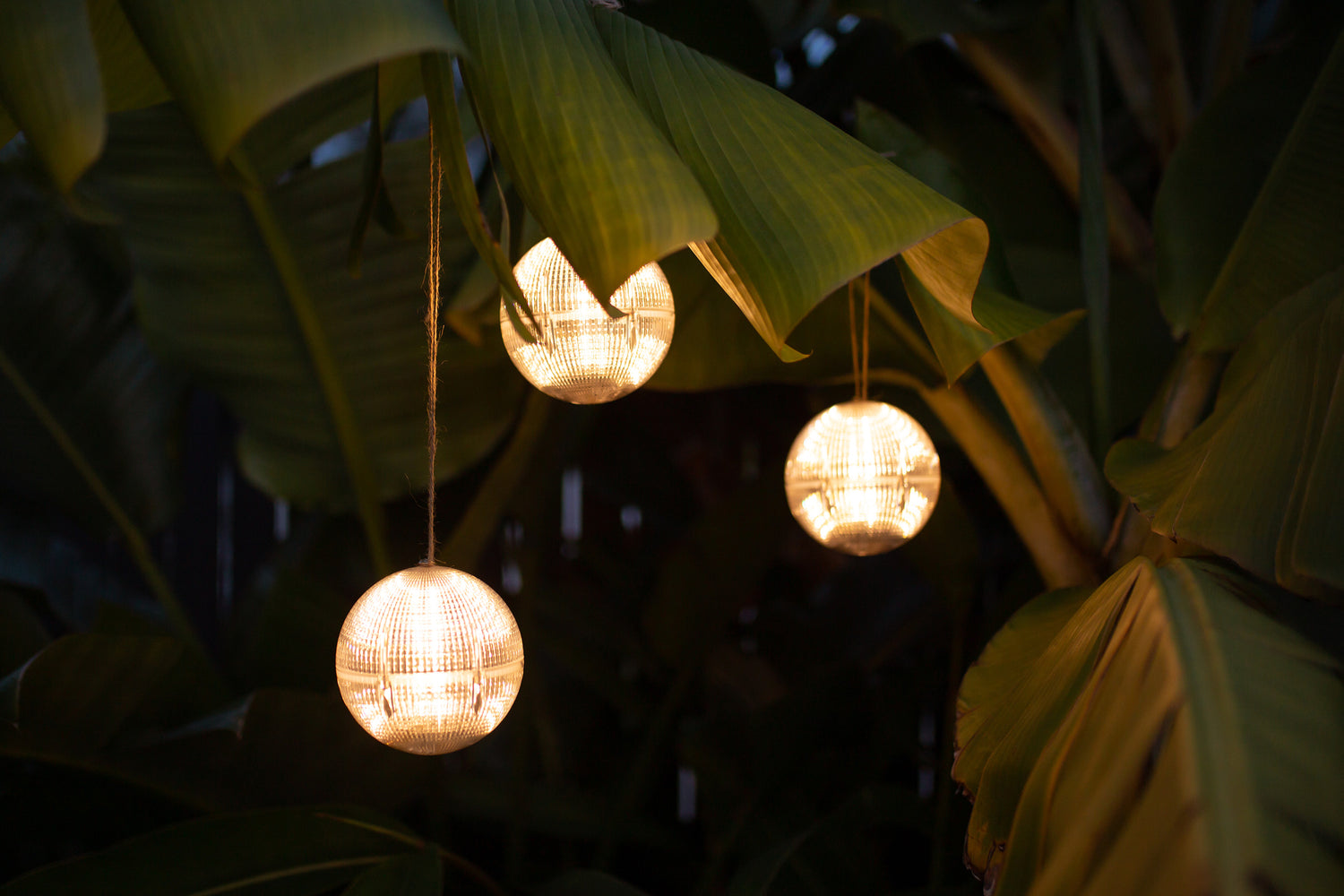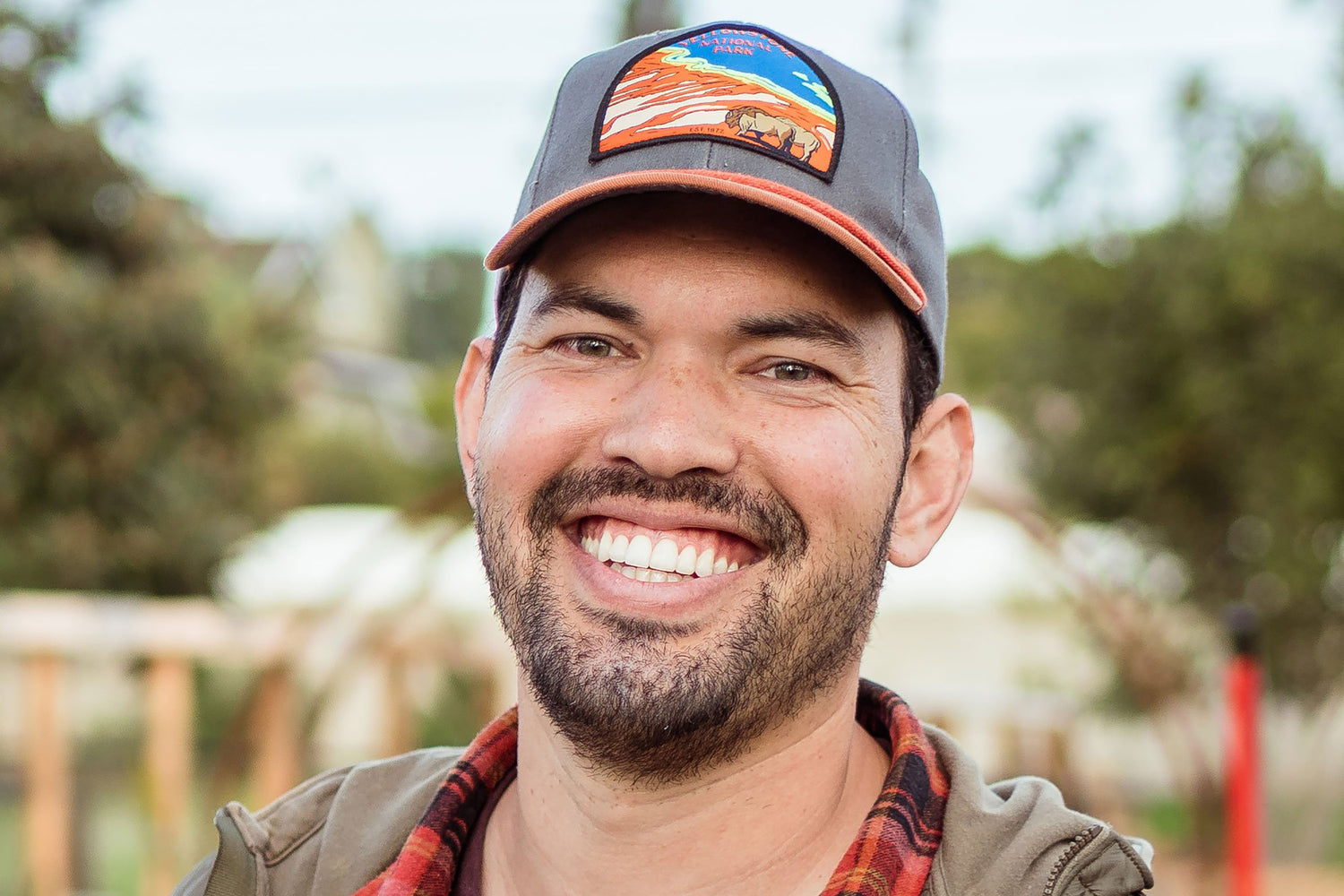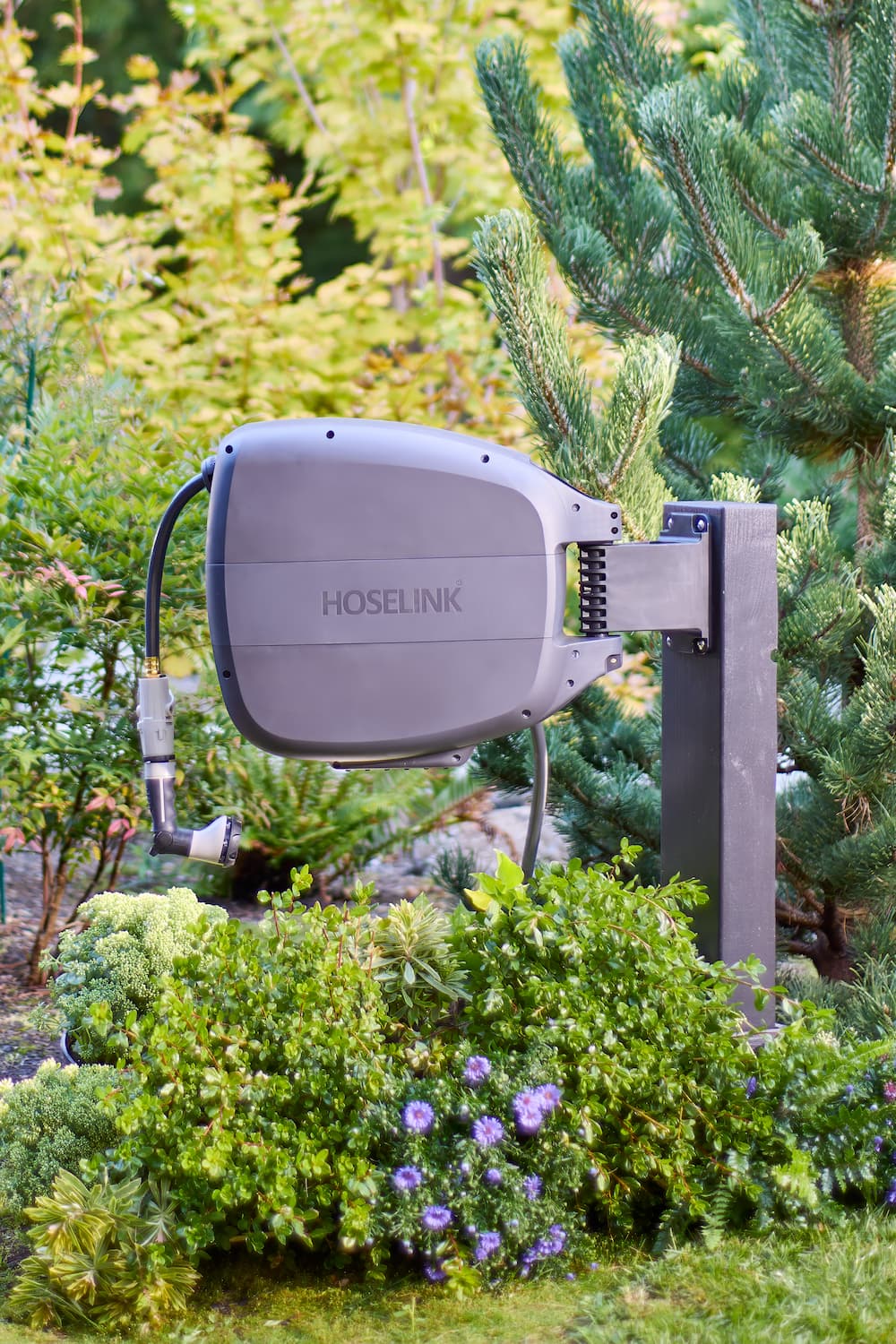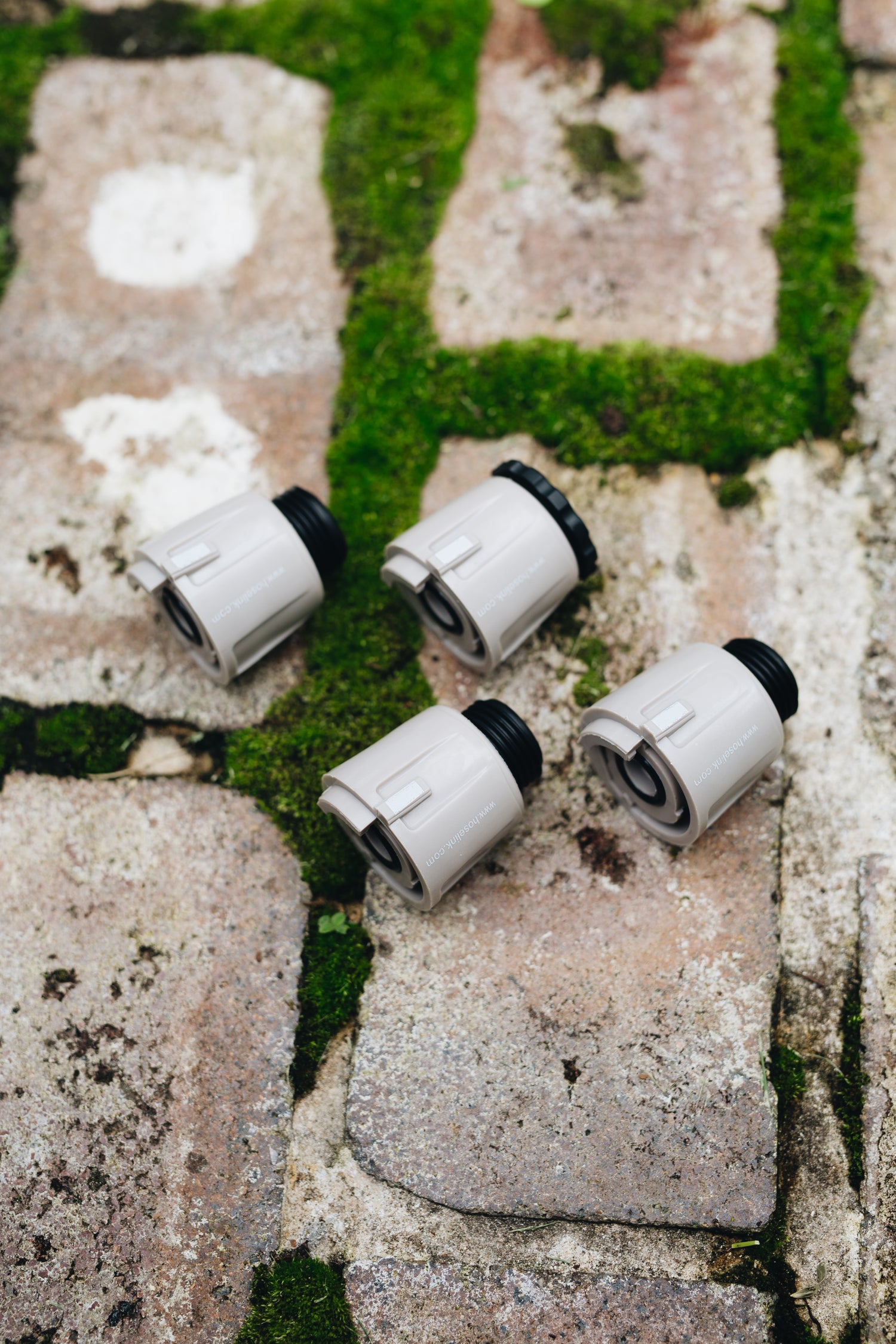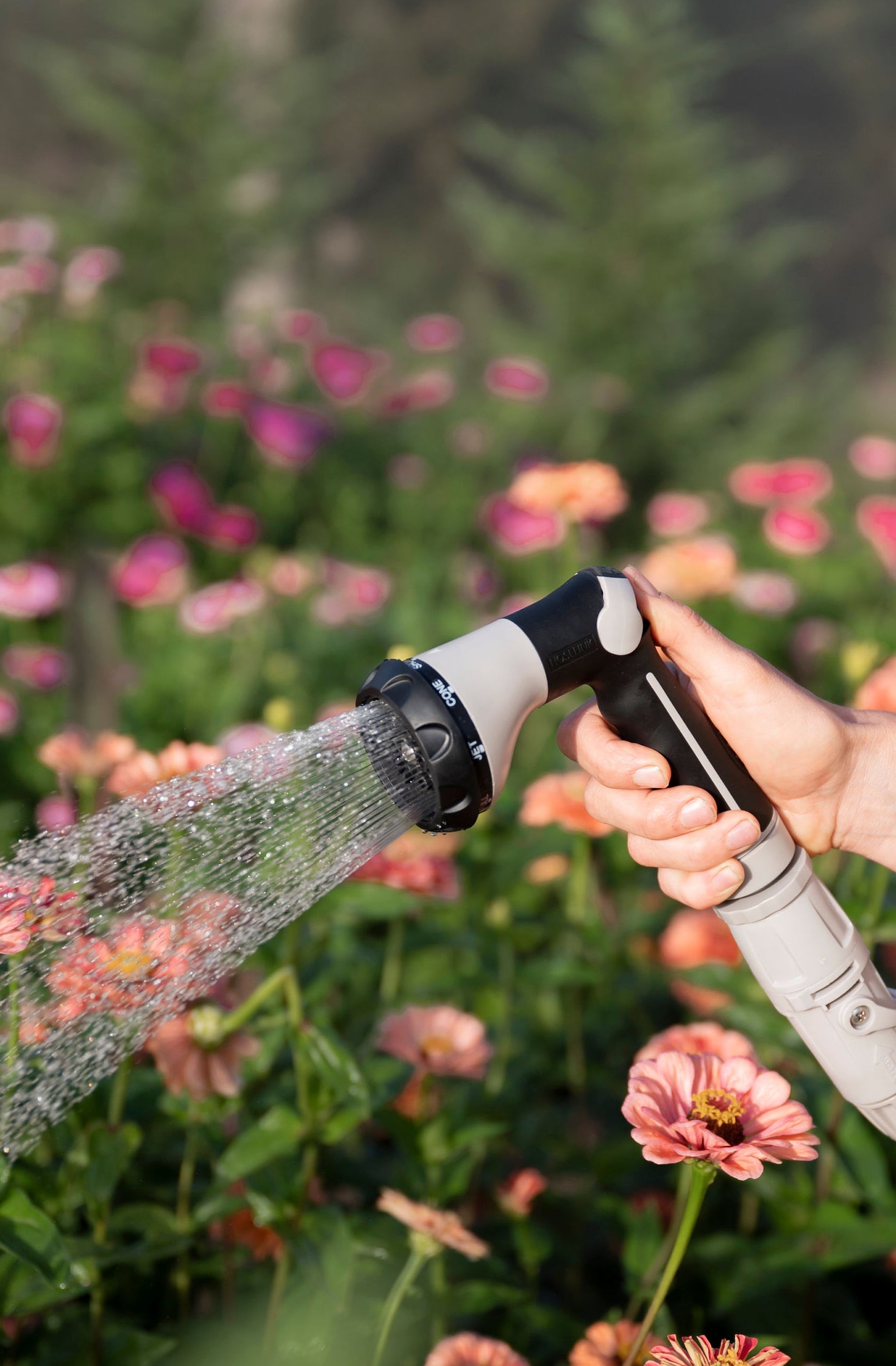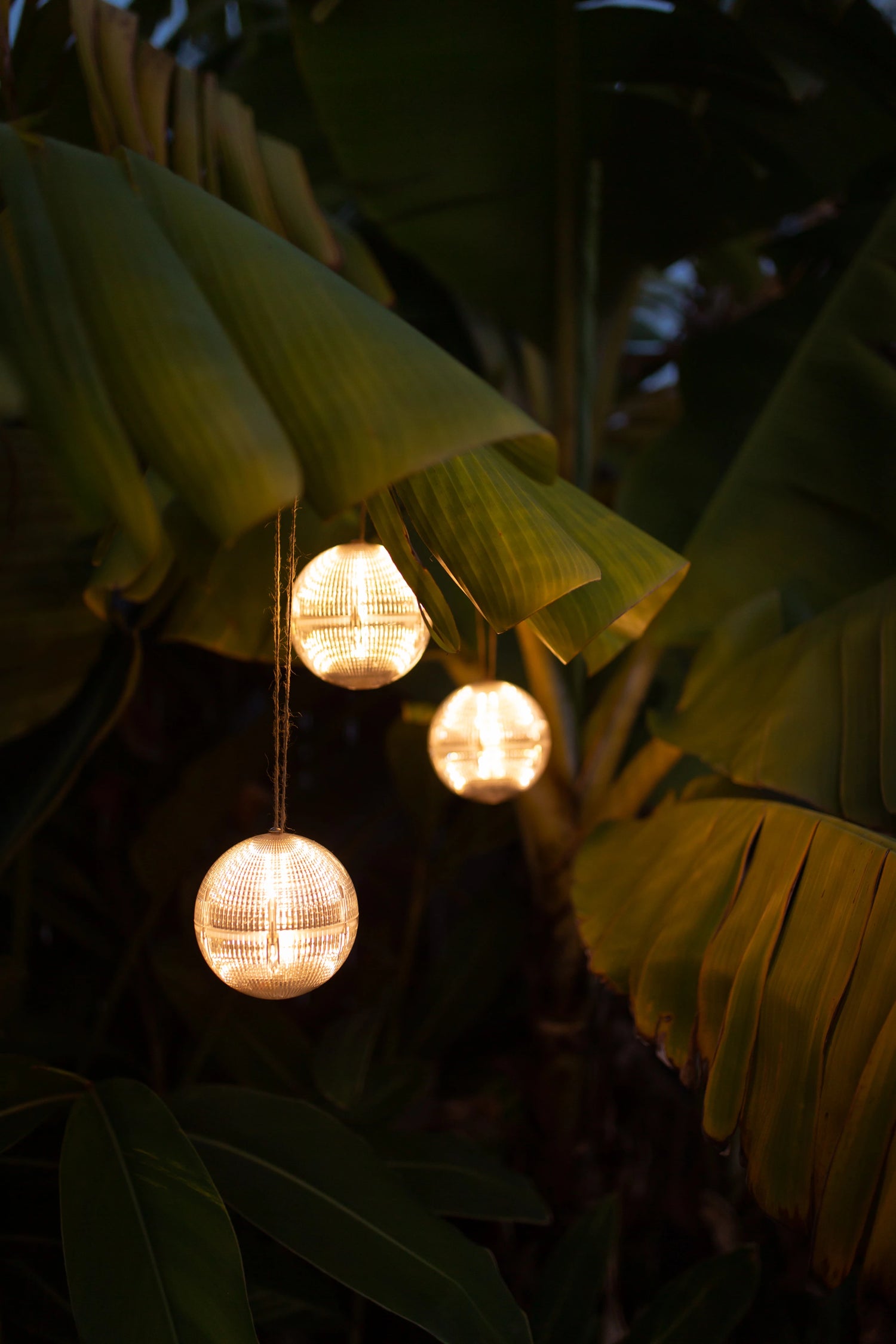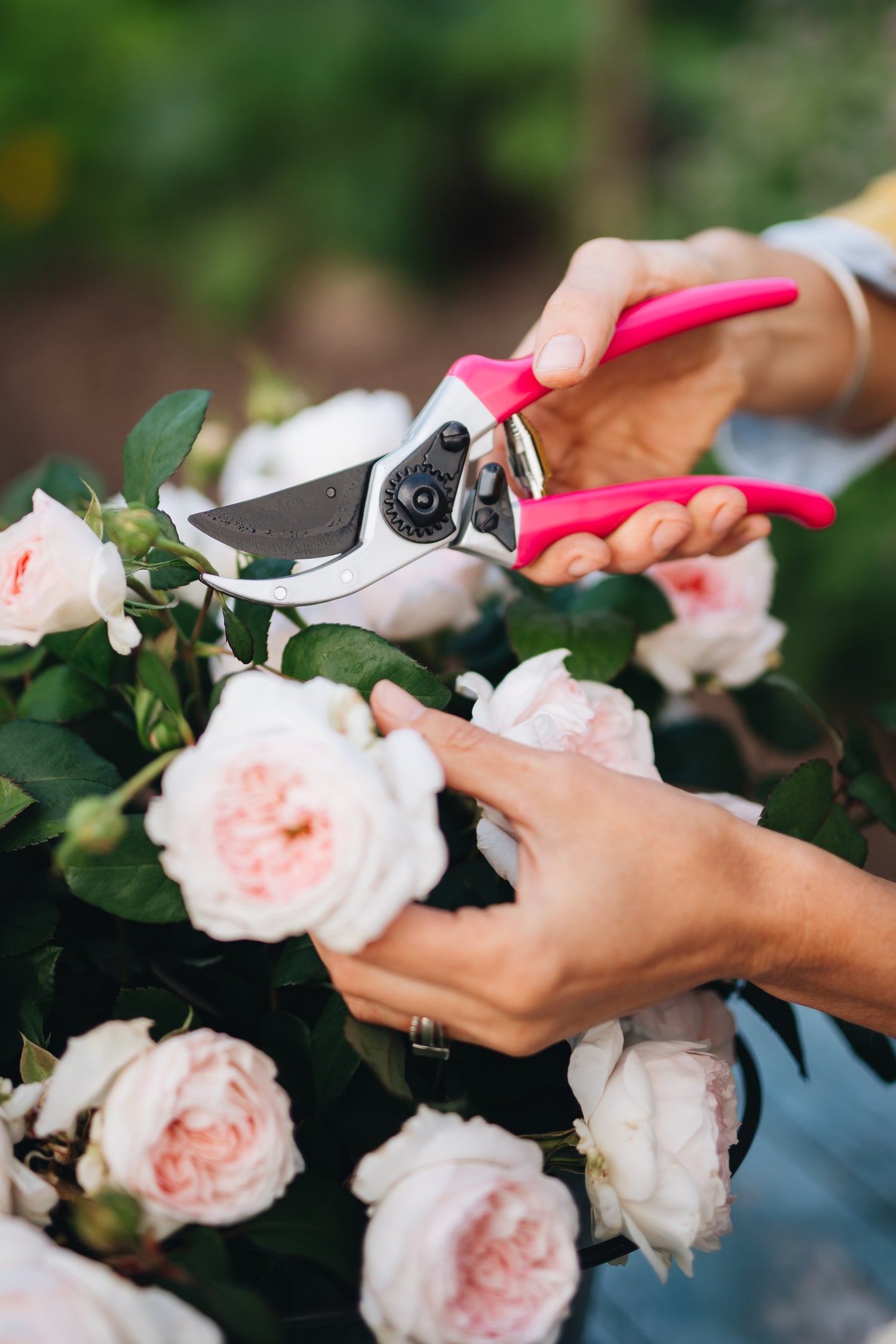Let’s be honest, by July, the garden can start to feel a little… wild. The fresh spring energy has faded, our tools are a little tired, the heat is settling in, and maybe (just maybe) you’re wondering if it’s too late to catch up on all those little gardening tasks. I’m here to tell you: it’s not too late.
Whether you’re battling weeds, noticing your flowers look a bit tired, or realizing you forgot to plant something (we’ve all been there), there’s still plenty you can do in July to keep things growing, blooming, and looking great through the rest of the season, and even into fall.
Here’s what you can still do this month, no guilt, no stress:
Water Deep, Not Just Pretty
(Why soaking roots matters more than misting leaves)
It’s hot. Your plants look thirsty. You grab the hose, give everything a quick spray, and call it a day. But here's the thing: if you're just wetting the leaves, it’s like giving someone a shower when they’re asking for a drink.
When you water shallowly (just spraying the surface) you actually encourage roots to grow closer to the top of the soil, where the heat dries things out faster. That leads to weaker plants. Instead, go for deep, infrequent watering. Let the water soak down at least 6 inches. You can even use a screwdriver (I prefer my fingers) to check how far it penetrated. If the soil is still dry an inch or two down, keep going.
Bonus tip: Avoid watering in the heat of the day. Early morning is ideal because it gives plants a chance to drink up before the sun starts blasting. Evening is okay too, just avoid soaking leaves overnight, which can invite mildew and disease.
So next time you’re out with the hose, skip the mist and give your roots the long drink they’ve earned.

Snip and Let Go
(Cleaning up annuals + saying goodbye to spring bloomers)
Some of those springtime favorites are starting to look rough. Maybe the tulip leaves are flopping, or your pansies look like they’ve had better days. It’s okay to let them go.
Pruning or cutting back plants isn’t about being harsh, it’s about giving them a refresh. Spent blooms and crispy leaves can suck energy from the plant. Removing them redirects energy into new growth or roots.
This is especially true for annuals like petunias, nasturtiums, geraniums, cosmos, or zinnias. A quick trim keeps them blooming longer instead of turning into scraggly, leggy messes. And for perennials like peonies or irises? Once they’re done, feel free to tidy up their leaves and let the garden breathe again.
Not sure what to cut? A good rule of thumb: if it’s brown, wilted, or mushy, it’s safe to go. If it’s green and healthy, leave it be.
And don’t worry, your garden won’t judge you for cutting things back. In fact, it’ll probably thank you with a late summer encore.
Treat Your Tools Like Garden Gold
(Why tool TLC makes all the difference)
This is the time of year when our pruners, hori hori knives, shovels, and hand trowels really earn their keep, but they also get dirty, dull, and ignored (Don’t ask me how I know!).
Have you ever tried to cut something with dull shears? It’s frustrating and it can damage your plants. Sharp, clean tools make clean cuts, which help prevent disease and reduce stress on stems. Plus, it just feels better, like cooking with a sharp knife versus a butter knife.
- Clean off soil and sap with warm soapy water
- Dry thoroughly to prevent rust
- Sharpen blades with a simple tool sharpener
- Wipe blades down with a little vegetable or mineral oil to protect the metal
Treat your tools well, and they’ll last for years, saving you money and frustration.

Still Time to Sow
(Veggies + flowers you can direct sow right now)
Yes, even in July, you can plant! Direct sowing means planting seeds straight into the garden soil, no dealing with lights or trays indoors and no transplanting needed. You can get a whole second wave of produce and blooms this way, especially with the right picks.
The key is to choose varieties that mature quickly or enjoy the cooler temps of late summer and early fall. And remember to keep seeds moist until they germinate, hot July sun can dry out shallow seed beds fast, so don’t skimp on watering in those first 1–2 weeks.
Here’s what you can still plant directly in the ground in Zones 5–7:
Veggies: Carrots, beets, radishes, bush beans, turnips, kale, cucumber, summer squash, peas (for fall harvest).
Flowers: Zinnias, cosmos, calendula, nasturtiums, sunflowers (especially dwarf/fast types), marigolds, sweet alyssum, celosia.
Even if your spring planting didn’t go as planned, this is your second chance. Sometimes those fall crops end up being the most satisfying of the whole year.

Feed the Garden (Yes, Still!)
(What to fertilize and why it matters now)
By midseason, your garden’s been hard at work, and just like us, it starts to feel a little tired. That lush green growth and those non-stop blooms pull a lot of nutrients from the soil, so a little fertilizer now can give your plants the pick-me-up they need.
Tomatoes, peppers, dahlias, cucumbers, zinnias and even container plants are usually hungry by now. You can use a balanced fertilizer (something like 5-5-5), or choose specific formulas for flowering or fruiting plants. Organic options like compost tea, fish emulsion, or seaweed extract are gentle and beginner-friendly.
A few tips:
- Always water first before fertilizing, dry roots + fertilizer = potential burn
- Don’t overdo it! Follow the label.
- Container plants especially benefit from regular feeding every 2–3 weeks
This extra nutrition helps your plants keep pushing out blooms, fruits, and healthy foliage through the dog days of summer and into fall.
In Closing
Gardening in July might not have the glossy magazine vibe of May, but honestly? This is where the real gardening happens. It’s sweaty, it’s imperfect, and it’s full of second chances. So if your garden looks a little wild or you’ve fallen behind, don’t sweat it, you’re right on time.
There’s still time to water with intention, tidy up what’s past its prime, plant new seeds, sharpen those tools, and give your plants a little fuel to keep going. No perfection required, just a little care and curiosity.
Your late summer and fall garden will thank you. And so will your future self.
Happy July gardening friends!
This blog was written by Roxana Snedeker, if you'd like to find her on socials, you can find her as @soilandmargaritas.

